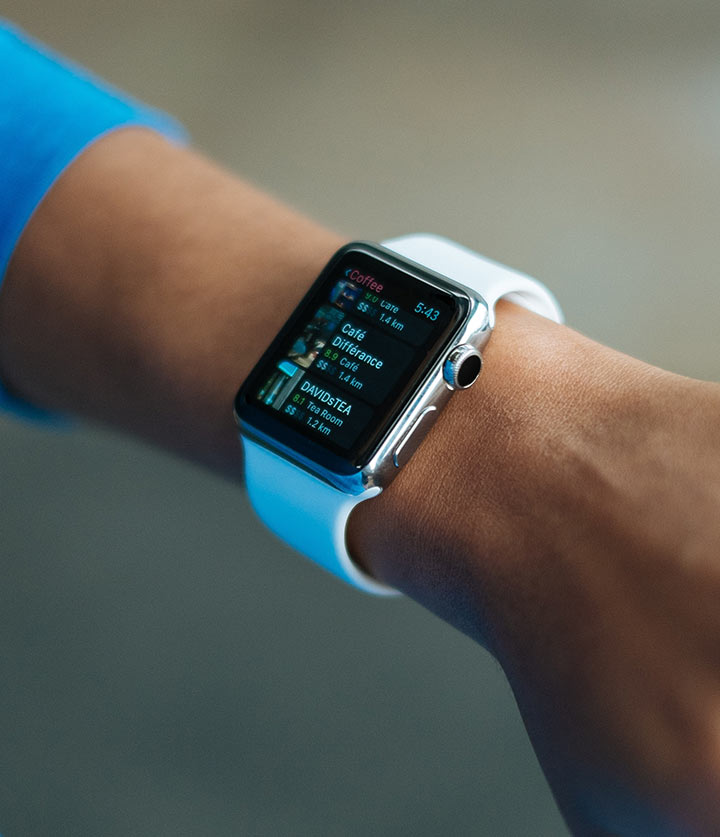Pinspotters: The Bowling Tracker
Scanning each strike
Every bowling lane needs to know when a player has bowled a strike or sunk the ball into the gutter. The task falls to electronic pin fall detectors.
Our client’s existing bowling alley used moving mirrors and light beams to detect the pin fall data. The beams had to be adjusted to detect different types of bowling pins such as standard ten-pins, short and light duckpins, or tall and narrow candlepins. Accuracy was not as high as with new technology, which measure the actual pin dimensions and locations.
The existing technology used a single beam, even in then-relatively newer Charge Coupled Device (CCD) systems. The downside: the existing pin fall detectors could not measure pin dimensions. In addition, there was no easy way to check accuracy and repeatability against known standards.
Bowling is serious business, and the data had to be precise for certified league play.
How it works
Solution
MTSI developed a custom CCD camera and processor card to measure the heights of pins and to check for proper pin locations.
A service technician would also need to see the actual pin fall data. For this task, we designed and produced a liquid crystal display (LCD) calibration system. An easy-to-use menu-driven setup program prompted the operator to make any adjustments.
To give a complete picture of the game, a data-logging computer could take the video pin fall detector data and compare it to the mechanical switches and log the differences. MTSI engineers could then rapidly play back thousands of games and compare the video output with the mechanical switches.
Impact
More than 20,000 pin falls were compared with the switches, with results exceeding requirements. The U.S. Bowling Congress — the national body governing ten-pin bowling in the United States — granted certification for the system. The CCD camera and pin fall detector are now in high-volume production and tracking spares to 7-10 splits.









